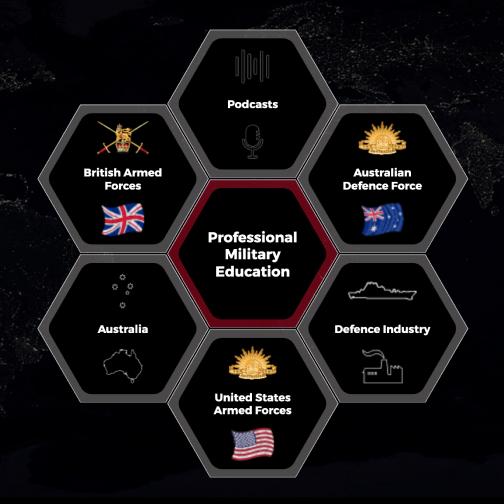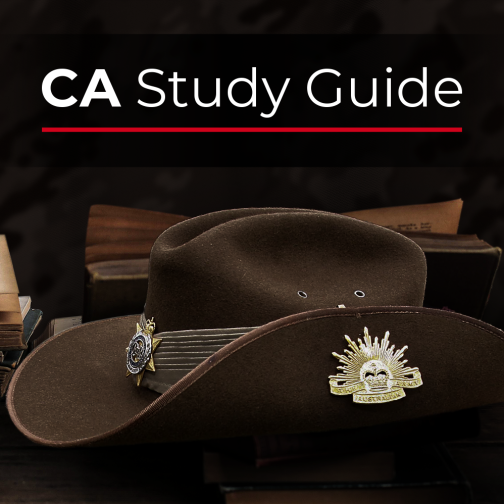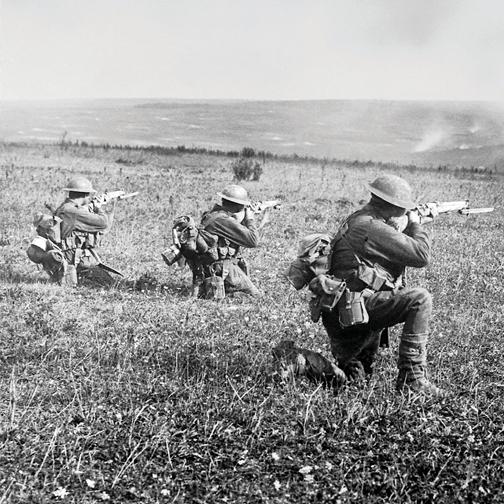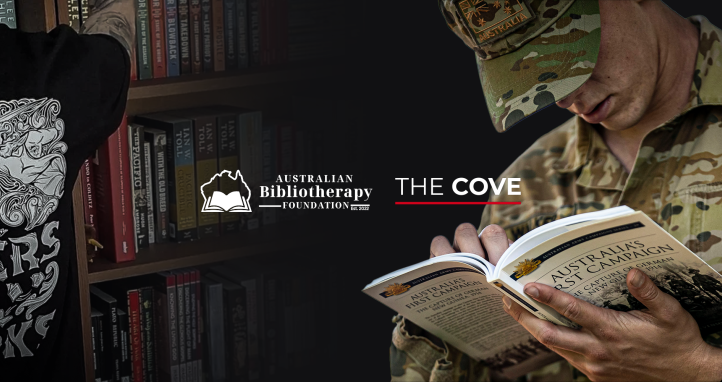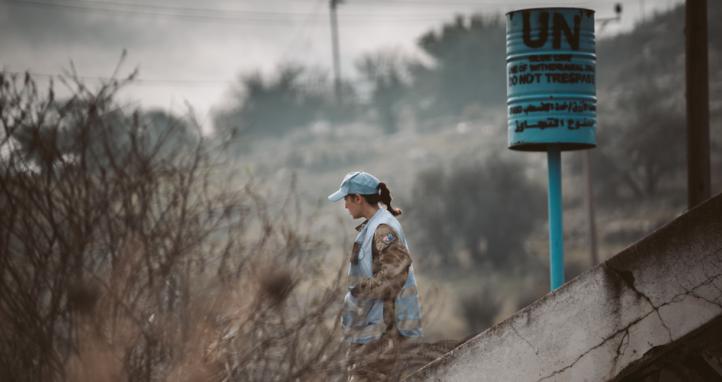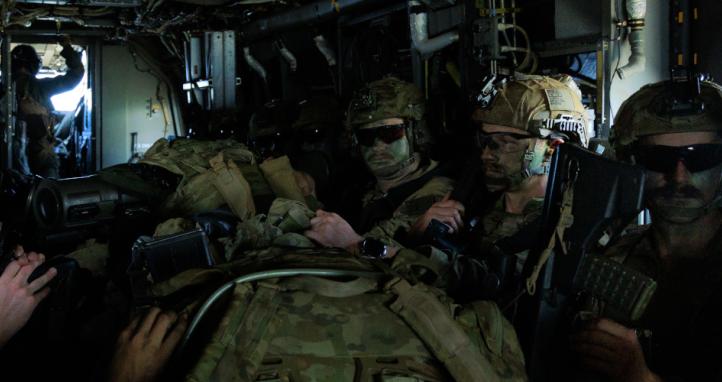Private Thomas Cooke VC (1881 - 1916, 35yo)
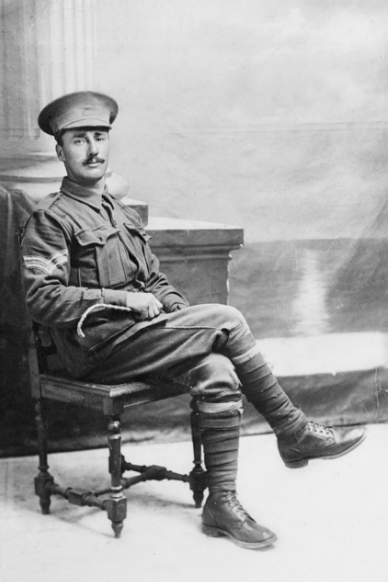 Thomas Cooke was born on 5 July 1881 in Marlborough, New Zealand. He relocated to Victoria in 1913 where he pursued construction work until war commenced. Cooke joined the Australian Imperial Force on 16 February 1915 with assignment to the 24th Battalion as reinforcement personnel.
Thomas Cooke was born on 5 July 1881 in Marlborough, New Zealand. He relocated to Victoria in 1913 where he pursued construction work until war commenced. Cooke joined the Australian Imperial Force on 16 February 1915 with assignment to the 24th Battalion as reinforcement personnel.
Upon reaching Egypt in November 1915, he transferred to the 8th Battalion and departed for France on 26 March 1916, serving from April through July in the Fleurbaix and Messines areas of the Western Front.
Mid-July brought his battalion’s southward movement to the Somme where it engaged in intense combat operations around Pozières.
The 8th Battalion received responsibility for the village advance, and during 24-25 July 1916, as soldiers progressed under severe shelling, Cooke received orders to position his Lewis-gun team at a hazardous section of the recently seized position. With minimal protection available, concentrated enemy fire eliminated his entire team, yet he maintained his solitary defence. When reinforcements eventually arrived, they discovered him dead alongside his weapon. Subsequent combat in the vicinity prevented recovery of his remains.
 His courageous actions earned him a posthumous Victoria Cross. Cooke left behind a wife and three children.
His courageous actions earned him a posthumous Victoria Cross. Cooke left behind a wife and three children.
Private William Curry VC (1895 - 1948, 50yo)
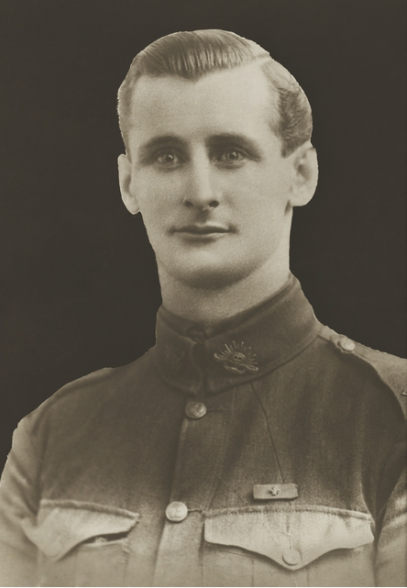 William Curry was born on 19 September 1895 at Wallsend, New South Wales. Following multiple unsuccessful enlistment attempts due to his age, he gained acceptance in 1916 with initial service in a light trench mortar battery; nevertheless, his 1917 transfer brought him to the 53rd Battalion where he participated in the Polygon Wood engagement.
William Curry was born on 19 September 1895 at Wallsend, New South Wales. Following multiple unsuccessful enlistment attempts due to his age, he gained acceptance in 1916 with initial service in a light trench mortar battery; nevertheless, his 1917 transfer brought him to the 53rd Battalion where he participated in the Polygon Wood engagement.
During the Péronne assault on 1 September 1918, Curry’s company suffered losses from nearby artillery fire. He advanced under enemy fire, seized the weapon and eliminated its operators. Subsequently, when an enemy stronghold halted their progress, Curry flanked the position with a Lewis gun, causing casualties and scattering the opposition. The following morning he volunteered to deliver communications to a cut-off unit: entering no man’s land, he attracted enemy attention through calling out. Though affected by gas, he completed his safe return.
His post-war involvement in politics led to his 1941 distinction as the first VC holder in the New South Wales parliament, maintaining his position until his unexpected death on 30 April 1948.
Last Reviewed 06/2025
